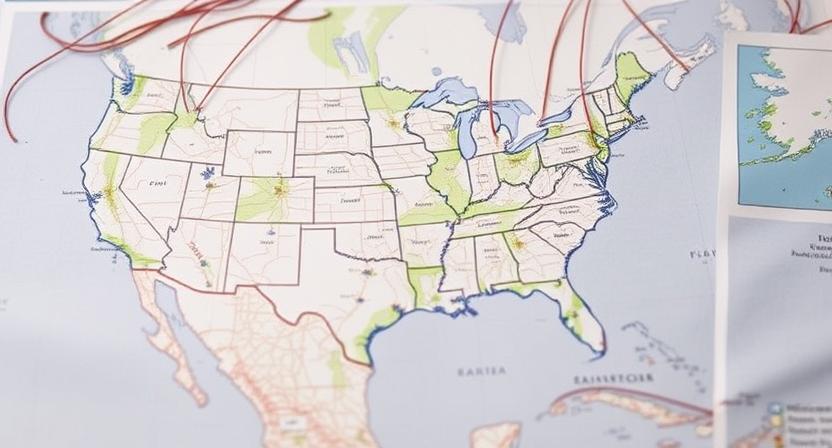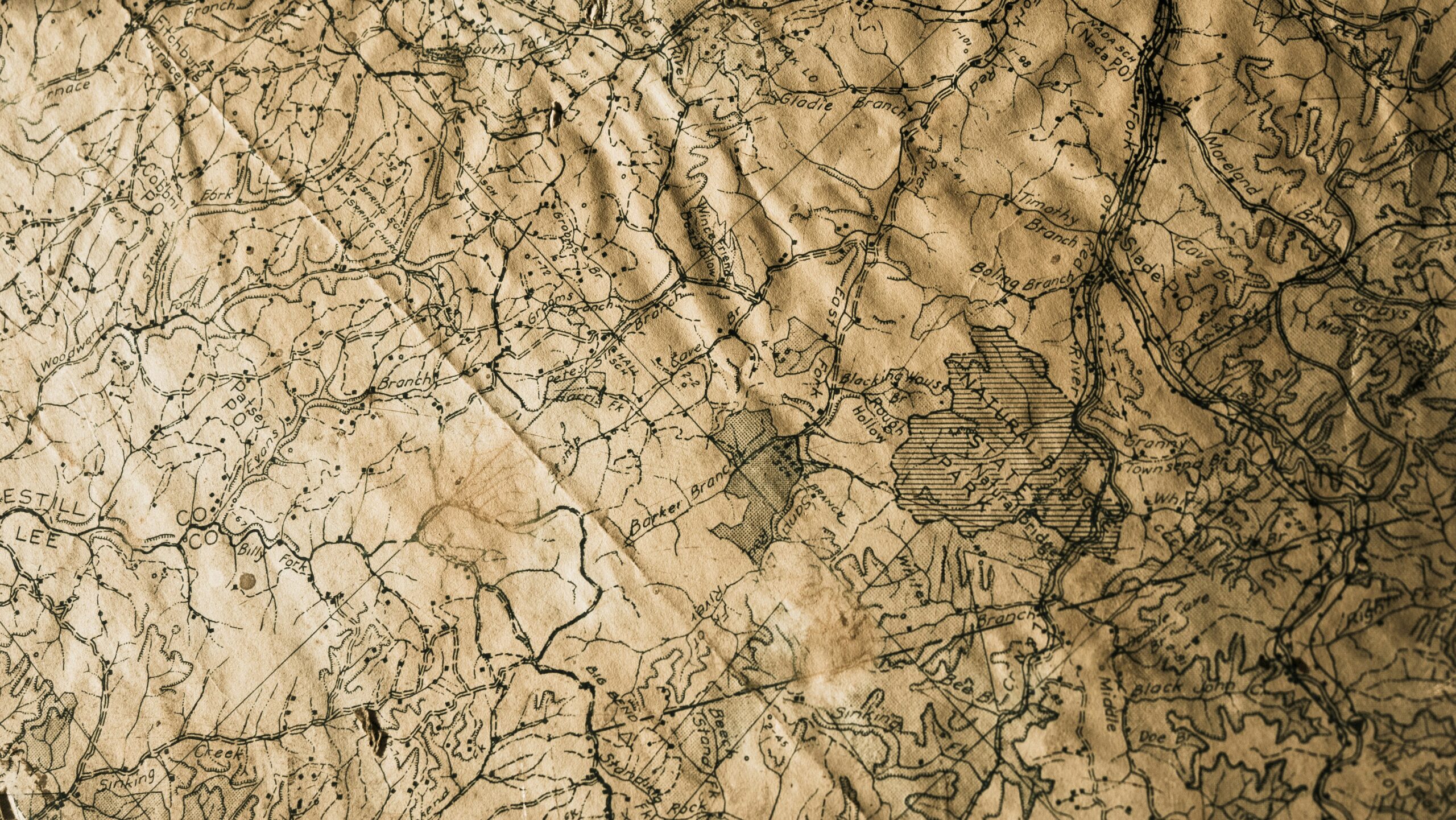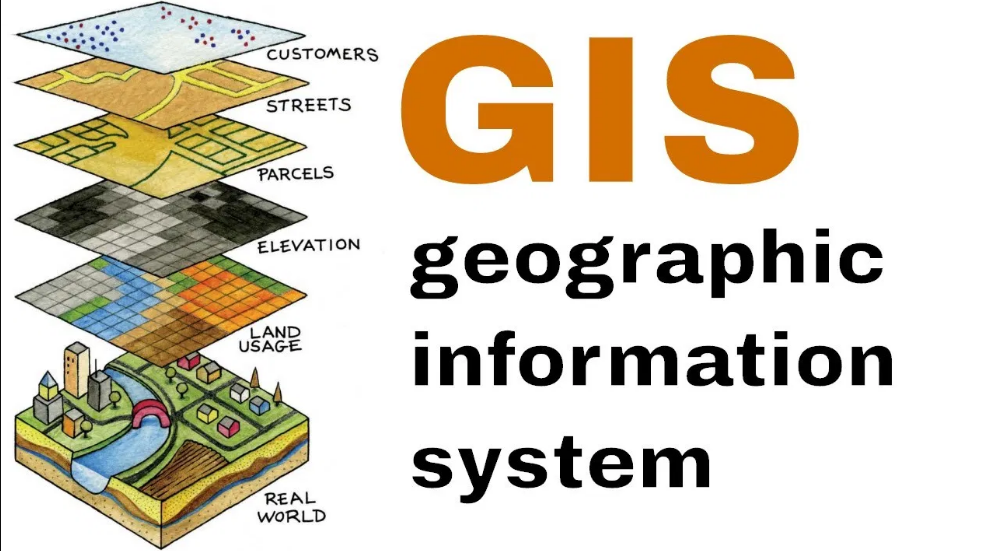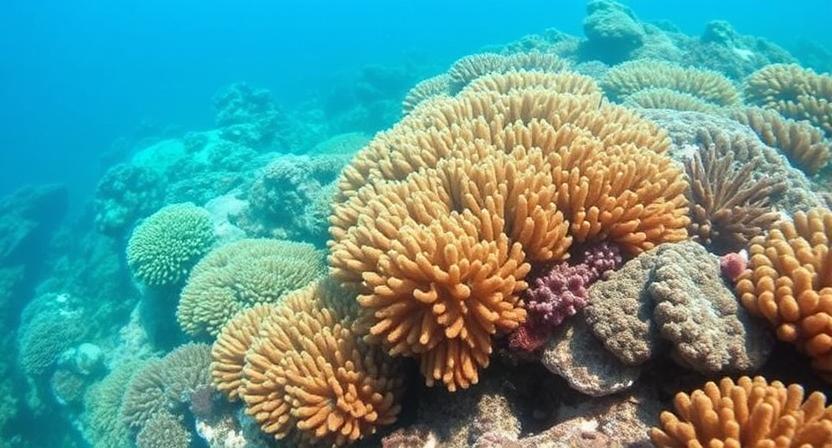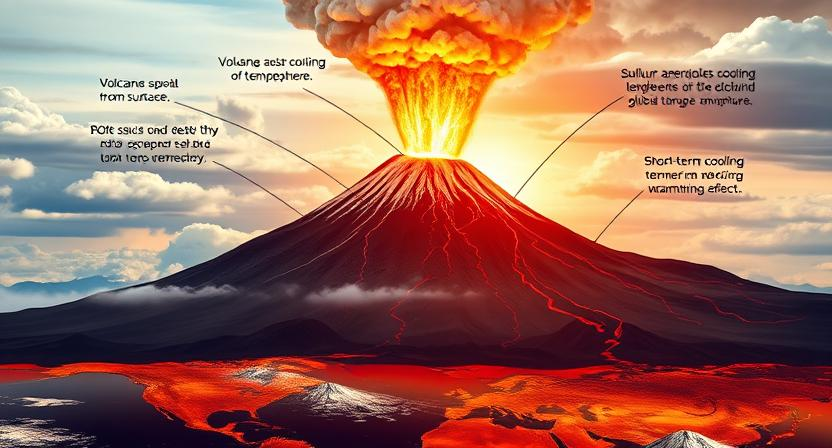
Causes of Volcanic Eruptions

Volcanic eruptions are primarily driven by the movement of tectonic plates beneath the Earth’s surface. One of the most common causes of volcanic eruptions is the convergence or divergence of these plates, leading to the build-up of pressure that eventually results in an explosive release of magma. Additionally, the presence of hotspots in the Earth’s mantle can lead to localized volcanic activity through the formation of mantle plumes that breach the surface, triggering volcanic eruptions in specific regions.
Another significant factor contributing to volcanic eruptions is the composition of the magma itself. Magma rich in volatile gases, such as water vapor, carbon dioxide, and sulfur dioxide, can lead to explosive eruptions as these gases expand rapidly upon reaching the Earth’s surface. The silica content of the magma also plays a crucial role, with high-silica magmas being more viscous and prone to explosive eruptions, while low-silica magmas tend to flow more freely, resulting in less violent volcanic activity.
• Convergence or divergence of tectonic plates
• Presence of hotspots in the Earth’s mantle
• Composition of magma rich in volatile gases
– Water vapor, carbon dioxide, sulfur dioxide
• Silica content of magma
– High-silica magmas lead to explosive eruptions
– Low-silica magmas result in less violent volcanic activity
Types of Volcanic Gases Released During Eruptions
During volcanic eruptions, a variety of gases are released into the atmosphere, each with its own unique characteristics and effects. The most common gases emitted during volcanic activity include water vapor, carbon dioxide, sulfur dioxide, hydrogen sulfide, and hydrogen chloride. These gases can have significant impacts on the environment and climate depending on their quantities and dispersion.
Water vapor is the most abundant gas released during volcanic eruptions and contributes to the formation of volcanic clouds and rainfall. Carbon dioxide, a greenhouse gas, can linger in the atmosphere for extended periods and contribute to global warming. Sulfur dioxide, known for its pungent odor, can lead to the formation of acid rain and impact air quality. Hydrogen sulfide and hydrogen chloride are also released during eruptions and can have detrimental effects on both local and global atmospheric conditions. Understanding the composition and behavior of these volcanic gases is crucial for predicting their environmental impacts and implementing appropriate mitigation strategies.
• Water vapor is the most abundant gas released during volcanic eruptions
• Carbon dioxide can contribute to global warming
• Sulfur dioxide can lead to the formation of acid rain
• Hydrogen sulfide and hydrogen chloride can have detrimental effects on atmospheric conditions
Impact of Volcanic Ash on Climate
Volcanic ash is a significant factor in influencing climate patterns following volcanic eruptions. The dispersal of ash particles into the atmosphere can lead to a temporary cooling effect by reflecting sunlight away from the Earth’s surface. This can result in a decrease in global temperatures for a certain period, impacting weather patterns and overall climate dynamics in the affected regions.
Furthermore, volcanic ash can also interact with cloud formation processes, affecting the properties and behavior of clouds. The presence of ash particles can act as nuclei for cloud droplets to form, influencing cloud lifespan and reflectivity. This, in turn, can have implications for precipitation patterns and regional climate conditions. The complex interactions between volcanic ash, clouds, and solar radiation highlight the intricate relationship between volcanic eruptions and their impact on the Earth’s climate system.
• Volcanic ash dispersal can lead to temporary cooling effect
• Decrease in global temperatures for a certain period
• Impact weather patterns and overall climate dynamics
• Ash particles interact with cloud formation processes
• Act as nuclei for cloud droplets to form
• Influence cloud lifespan and reflectivity
The interactions between volcanic ash, clouds, and solar radiation showcase the complexities of how volcanic eruptions can affect the Earth’s climate system. Understanding these relationships is crucial for predicting the potential impacts of future volcanic events on regional and global climate patterns. Researchers continue to study these interactions to improve our ability to forecast and mitigate the consequences of volcanic eruptions on climate dynamics.
Role of Sulfur Dioxide in Volcanic Eruptions
Sulfur dioxide (SO2) is one of the key gases released during volcanic eruptions, contributing to the complex interactions between volcanoes and the atmosphere. When sulfur dioxide is emitted into the atmosphere during an eruption, it undergoes chemical reactions to form sulfate aerosols, which can have significant impacts on climate and air quality. These sulfate aerosols can reflect incoming solar radiation back into space, leading to a cooling effect on the Earth’s surface.
Furthermore, sulfur dioxide can also react with water vapor in the atmosphere to form sulfuric acid, resulting in acid rain that can have detrimental effects on ecosystems and human health. The presence of sulfur dioxide in volcanic emissions can vary depending on the type of eruption and the composition of the magma involved. Understanding the role of sulfur dioxide in volcanic eruptions is crucial for predicting the potential climate impacts of volcanic activity and developing strategies to mitigate its effects.
• Sulfur dioxide is a key gas released during volcanic eruptions
• It undergoes chemical reactions to form sulfate aerosols
• Sulfate aerosols can have significant impacts on climate and air quality
• They reflect incoming solar radiation back into space, leading to a cooling effect on Earth’s surface
• Sulfur dioxide can react with water vapor in the atmosphere to form sulfuric acid
• This results in acid rain that can have detrimental effects on ecosystems and human health
• The presence of sulfur dioxide in volcanic emissions varies depending on eruption type and magma composition
• Understanding the role of sulfur dioxide in volcanic eruptions is crucial for predicting climate impacts and developing mitigation strategies.
Effect of Volcanic Aerosols on Global Temperature
Volcanic aerosols play a crucial role in affecting global temperatures following major volcanic eruptions. When volcanic eruptions release large amounts of ash and sulfur dioxide into the atmosphere, these particles can reflect sunlight back into space, leading to a temporary cooling effect on the Earth’s surface. The sulfur dioxide reacts with water vapor to form sulfate aerosols, which contribute to the scattering of solar radiation. This process can lead to a reduction in the amount of sunlight reaching the Earth’s surface, subsequently lowering temperatures in the affected regions.
The cooling effect of volcanic aerosols is most pronounced in the years following a major eruption, as the particles are gradually removed from the atmosphere through various processes. While the short-term impact of volcanic aerosols can result in cooler temperatures globally, the longer-term effects are limited as the aerosols eventually settle out of the atmosphere. However, the presence of volcanic aerosols highlights the complex interactions between natural phenomena and global climate systems, underscoring the importance of understanding the role of volcanic eruptions in shaping temperature patterns on a larger scale.
• Volcanic aerosols reflect sunlight back into space
• Sulfur dioxide reacts with water vapor to form sulfate aerosols
• Sulfate aerosols contribute to the scattering of solar radiation
• Reduction in the amount of sunlight reaching Earth’s surface leads to lower temperatures in affected regions
The cooling effect of volcanic aerosols is most pronounced in the years following a major eruption, as the particles are gradually removed from the atmosphere through various processes. While the short-term impact of volcanic aerosols can result in cooler temperatures globally, the longer-term effects are limited as the aerosols eventually settle out of the atmosphere. However, the presence of volcanic aerosols highlights the complex interactions between natural phenomena and global climate systems, underscoring…
Formation of Acid Rain from Volcanic Eruptions

Volcanic eruptions can lead to the formation of acid rain through the release of certain gases such as sulfur dioxide and nitrogen dioxide into the atmosphere. When these gases react with water vapor, oxygen, and other chemicals present in the air, they form sulfuric acid and nitric acid, which then fall back to Earth as acid rain. This acidic precipitation can have detrimental effects on the environment, ecosystems, and human health.
The impacts of acid rain from volcanic eruptions are widespread, affecting soil quality, vegetation, aquatic life, and even infrastructure. Acid rain can leach important nutrients from the soil, disrupt the pH balance of water bodies, harm plants and aquatic organisms, and corrode buildings and monuments. Understanding the formation of acid rain from volcanic emissions is crucial for assessing the overall environmental and societal consequences of volcanic eruptions on a global scale.
• Volcanic eruptions release gases such as sulfur dioxide and nitrogen dioxide into the atmosphere
• These gases react with water vapor, oxygen, and other chemicals to form sulfuric acid and nitric acid
• Acid rain formed from volcanic emissions can have detrimental effects on the environment, ecosystems, and human health
• Impacts of acid rain include soil quality degradation, harm to vegetation and aquatic life, and corrosion of infrastructure
• Understanding the formation of acid rain from volcanic eruptions is essential for assessing environmental consequences
Connection Between Volcanic Eruptions and Climate Change
Volcanic eruptions have long been recognized as significant natural events that can influence the Earth’s climate. When volcanoes release large amounts of ash and sulfur dioxide into the atmosphere, they can have a cooling effect by blocking incoming solar radiation. This cooling effect can persist for months to years, leading to temporary decreases in global temperatures.
In addition to the cooling impact, volcanic eruptions can also contribute to short-term fluctuations in climate dynamics. The release of volcanic gases and aerosols can alter atmospheric circulation patterns, impacting weather systems and precipitation levels in various regions. These changes in climate patterns following volcanic eruptions highlight the complex and interconnected nature of Earth’s climate system, demonstrating the important role that volcanic activity plays in shaping our planet’s climate.
• Volcanic eruptions release ash and sulfur dioxide into the atmosphere, which can have a cooling effect by blocking incoming solar radiation.
• This cooling effect can last for months to years, resulting in temporary decreases in global temperatures.
• Volcanic gases and aerosols released during eruptions can alter atmospheric circulation patterns, impacting weather systems and precipitation levels in different regions.
• The changes in climate dynamics following volcanic eruptions emphasize the interconnected nature of Earth’s climate system.
• Volcanic activity plays an essential role in shaping our planet’s climate.
Global Distribution of Volcanoes and Their Impact on Climate
Volcanoes are scattered across the globe, with significant concentrations seen along the boundaries of tectonic plates. Regions such as the Pacific Ring of Fire, encompassing areas like Japan, Indonesia, and the west coast of the Americas, are hotspots for volcanic activity. These geological formations play a vital role in shaping the Earth’s climate through the release of gases, ash, and aerosols during eruptions.
The impact of volcanic eruptions on climate can vary depending on the scale and intensity of the event. While large eruptions can inject massive amounts of ash and gases into the atmosphere, leading to short-term cooling effects, smaller eruptions may have minimal immediate impact. Understanding the global distribution of volcanoes and their potential effects on climate is crucial for developing strategies to mitigate the environmental consequences of these natural phenomena.
• Volcanoes are found along tectonic plate boundaries
• Concentrations of volcanoes seen in regions like the Pacific Ring of Fire
• Release of gases, ash, and aerosols during eruptions shape Earth’s climate
• Impact on climate varies based on scale and intensity of eruption
• Large eruptions can lead to short-term cooling effects
• Smaller eruptions may have minimal immediate impact
• Understanding global distribution of volcanoes is crucial for mitigating environmental consequences
Volcanic Winter: A Result of Major Eruptions
Volcanic winter occurs when a major volcanic eruption injects a substantial amount of ash and sulfur dioxide into the atmosphere. These particles can linger in the stratosphere for months to years, reflecting sunlight away from the Earth’s surface. As a result, the planet experiences a cooling effect, leading to a drop in temperatures globally. Volcanic winters have been known to impact agricultural productivity, disrupt ecosystems, and even influence weather patterns for an extended period.
The most notable historical example of a volcanic winter was the Mount Tambora eruption in 1815, which led to the “Year Without a Summer” in 1816. The massive amounts of ash and gases released during this eruption caused widespread cooling in the Northern Hemisphere, resulting in crop failures, food shortages, and social unrest. Understanding the mechanisms behind volcanic winters is crucial for predicting and preparing for the potential climate impacts of future major volcanic events.
• Volcanic winter occurs due to major volcanic eruptions injecting ash and sulfur dioxide into the atmosphere
• These particles can stay in the stratosphere for months to years, reflecting sunlight away from Earth’s surface
• Results in a cooling effect globally, impacting agricultural productivity, disrupting ecosystems, and influencing weather patterns
• The Mount Tambora eruption in 1815 caused the “Year Without a Summer” in 1816 with widespread cooling in the Northern Hemisphere
• Understanding volcanic winter mechanisms is crucial for predicting and preparing for potential climate impacts of future major volcanic events.
Long-Term Effects of Volcanic Eruptions on Climate Patterns
Long-term effects of volcanic eruptions can lead to significant alterations in climate patterns over extended periods. These eruptions inject large quantities of ash and gases into the atmosphere, impacting the Earth’s energy balance. The release of sulfur dioxide during volcanic eruptions can result in the formation of sulfate aerosols, which can persist in the atmosphere for long durations and contribute to cooling effects by reflecting sunlight back into space.
Moreover, the presence of volcanic aerosols in the atmosphere can also affect precipitation patterns regionally and globally. These aerosols can lead to changes in cloud properties and atmospheric circulation, influencing rainfall distribution and intensity. The accumulation of volcanic aerosols in the atmosphere from past eruptions can have enduring effects on climate patterns, highlighting the intricate and long-lasting relationship between volcanic activity and the Earth’s climate system.
• Volcanic eruptions inject ash and gases into the atmosphere
• Sulfur dioxide released during eruptions can form sulfate aerosols
• Sulfate aerosols contribute to cooling effects by reflecting sunlight back into space
• Volcanic aerosols can affect precipitation patterns regionally and globally
• Changes in cloud properties and atmospheric circulation influence rainfall distribution and intensity
• Accumulation of volcanic aerosols from past eruptions can have enduring effects on climate patterns
Relationship Between Volcanic Activity and Greenhouse Gas Emissions

Volcanic activity and greenhouse gas emissions are interconnected phenomena that can impact the Earth’s climate in various ways. When volcanoes erupt, they release gases such as carbon dioxide, sulfur dioxide, and water vapor into the atmosphere. These gases can contribute to the greenhouse effect by trapping heat in the Earth’s atmosphere, leading to a warming effect. However, the amount of greenhouse gases emitted by volcanic eruptions is significantly smaller compared to human activities such as burning fossil fuels, industrial processes, and deforestation.
Despite the smaller contribution of volcanic activity to greenhouse gas emissions compared to human activities, large volcanic eruptions can still have short-term effects on the climate. For example, sulfur dioxide emitted during volcanic eruptions can react with water vapor to form sulfate aerosols in the atmosphere. These aerosols can reflect sunlight back into space, leading to a temporary cooling effect on the Earth’s surface. However, these cooling effects are usually short-lived, and the impact of volcanic eruptions on greenhouse gas concentrations and climate change over the long term is relatively minor compared to human-induced emissions.
• Volcanic eruptions release gases such as carbon dioxide, sulfur dioxide, and water vapor into the atmosphere
• These gases can contribute to the greenhouse effect by trapping heat in the Earth’s atmosphere
• The amount of greenhouse gases emitted by volcanic eruptions is significantly smaller compared to human activities
• Large volcanic eruptions can have short-term effects on climate due to sulfate aerosols reflecting sunlight back into space
• Impact of volcanic eruptions on greenhouse gas concentrations and climate change over the long term is relatively minor compared to human-induced emissions
Influence of Volcanic Eruptions on Atmospheric Circulation
Volcanic eruptions can have significant effects on atmospheric circulation patterns globally. When a volcano erupts, it releases massive amounts of ash, gas, and aerosols into the atmosphere. These particles can scatter and absorb sunlight, leading to changes in temperature gradients and pressure systems in the atmosphere. This alteration in the atmospheric composition can impact the circulation of air masses, ultimately influencing weather patterns on a regional and even global scale.
Additionally, volcanic eruptions can introduce sulfur dioxide gas into the atmosphere, which can react with water vapor to form sulfate aerosols. These aerosols can act as cloud condensation nuclei, affecting cloud formation and precipitation patterns. As a result, volcanic eruptions can disrupt the normal atmospheric circulation processes, leading to altered wind patterns and atmospheric dynamics that can persist for months to years following a major eruption.
• Volcanic eruptions release ash, gas, and aerosols into the atmosphere
• These particles scatter and absorb sunlight, changing temperature gradients and pressure systems
• Alteration in atmospheric composition impacts air mass circulation, influencing weather patterns globally
• Sulfur dioxide from eruptions can react with water vapor to form sulfate aerosols
• Sulfate aerosols act as cloud condensation nuclei, affecting cloud formation and precipitation patterns
• Volcanic eruptions disrupt normal atmospheric circulation processes for months to years
Volcanic Lightning: An Unusual Phenomenon During Eruptions
Volcanic lightning is a fascinating and awe-inspiring phenomenon that often accompanies explosive volcanic eruptions. It is a visually striking display of nature’s raw power, with lightning bolts crackling and dancing amidst the plumes of ash and magma. This unique occurrence occurs when ash particles within the volcanic plume collide, generating static electricity that leads to lightning discharges.
The exact mechanisms behind volcanic lightning are still not fully understood, but scientists believe that the rapid movement of ash particles within the volcanic plume creates an environment conducive to the buildup of static electricity. As the ash particles rub against each other, they generate friction, resulting in the separation of positive and negative charges which eventually lead to lightning strikes. This spectacular natural phenomenon provides researchers with valuable insights into the complex dynamics of volcanic eruptions and the interactions between ash particles and the surrounding atmosphere.
• Volcanic lightning is often observed during explosive volcanic eruptions
• Lightning bolts crackle and dance amidst plumes of ash and magma
• Ash particles within the volcanic plume collide, generating static electricity
• The rapid movement of ash particles creates an environment conducive to static electricity buildup
While volcanic lightning is a visually stunning spectacle, it also serves as a warning sign for the intensity of the eruption. The presence of volcanic lightning indicates that the eruption is highly explosive and powerful, with significant amounts of ash and gases being ejected into the atmosphere. This can pose serious risks to nearby communities, including air pollution, acid rain, and respiratory issues due to inhalation of fine ash particles.
Despite the dangers associated with volcanic lightning, scientists continue to study this phenomenon in order to better understand how volcanoes behave during eruptions. By analyzing data from past eruptions where volcanic lightning was present, researchers can improve their ability to forecast future eruptions and mitigate potential hazards for at-risk populations. Additionally, studying volcanic lightning provides valuable insights into Earth’s natural processes and helps us appreciate the awe-inspiring power of nature.
Effects of Volcanic Eruptions on Ozone Layer Depletion
Volcanic eruptions have the potential to contribute to ozone layer depletion through the release of sulfur dioxide and other gases into the stratosphere. When sulfur dioxide reacts with water vapour and other atmospheric components in the stratosphere, sulfuric acid aerosols are formed. These aerosols can lead to the destruction of ozone molecules. The depletion of the ozone layer can have detrimental effects on human health and the environment, as it allows more harmful ultraviolet radiation from the sun to reach the Earth’s surface.
Additionally, the injection of volcanic aerosols into the stratosphere can also impact the ozone layer. These aerosols can absorb and scatter incoming solar radiation, leading to changes in the temperature and dynamics of the stratosphere. As a result, ozone-depleting chemical reactions may be enhanced in the presence of volcanic aerosols, further contributing to ozone layer depletion. Understanding the interactions between volcanic eruptions and ozone layer depletion is crucial for evaluating the overall impact of volcanic activity on Earth’s atmospheric processes.
• Volcanic eruptions release sulfur dioxide into the stratosphere
• Sulfur dioxide reacts with water vapor to form sulfuric acid aerosols
• Sulfuric acid aerosols can destroy ozone molecules in the atmosphere
• Depletion of the ozone layer allows more harmful UV radiation to reach Earth’s surface
• Volcanic aerosols injected into the stratosphere can impact the ozone layer
• Aerosols can absorb and scatter incoming solar radiation, affecting temperature and dynamics in the stratosphere
• Presence of volcanic aerosols may enhance ozone-depleting chemical reactions, contributing to depletion
of ozone layer
• Understanding interactions between volcanic activity and ozone depletion is crucial for evaluating overall impact on atmospheric processes.
Volcanic Eruptions and Ocean Acidification
Volcanic eruptions have the potential to significantly impact ocean acidification levels. When volcanoes release gases such as sulfur dioxide and carbon dioxide into the atmosphere, these gases can dissolve in seawater, leading to a decrease in pH levels. This process can have detrimental effects on marine life, particularly on organisms such as corals, shellfish, and plankton that rely on calcium carbonate to build their skeletons and shells. The acidic conditions can hinder their ability to maintain these structures, ultimately affecting the entire marine food chain.
In addition to directly affecting the pH of the ocean, volcanic eruptions can also introduce other substances into the water that contribute to ocean acidification. For instance, the eruption of underwater volcanoes can release large amounts of dissolved metals into the oceans, which can further disrupt marine ecosystems. As ocean acidification continues to be a growing concern due to human activities, understanding the role of volcanic eruptions in this process is crucial for developing strategies to mitigate its impacts on marine biodiversity and ecosystems.
• Volcanic eruptions release gases like sulfur dioxide and carbon dioxide into the atmosphere
• These gases can dissolve in seawater, leading to a decrease in pH levels
• Marine organisms such as corals, shellfish, and plankton rely on calcium carbonate for their skeletons and shells
• Acidic conditions hinder their ability to maintain these structures, affecting the marine food chain
• Underwater volcanic eruptions can release dissolved metals into the oceans
• These substances contribute to ocean acidification and disrupt marine ecosystems
Volcanic Ash as a Cooling Agent in the Atmosphere

Volcanic ash, consisting of tiny rock particles and glass shards, plays a crucial role in cooling the Earth’s atmosphere following a volcanic eruption. When these minuscule particles are ejected into the atmosphere, they can reflect sunlight back into space, reducing the amount of solar radiation that reaches the Earth’s surface. This process can lead to a temporary cooling effect, counteracting the warming impact of greenhouse gases in the atmosphere. As a result, volcanic ash can contribute to short-term reductions in global temperatures.
Furthermore, the presence of volcanic ash in the atmosphere can also affect cloud formation and properties. The tiny particles can act as nuclei around which water droplets condense, potentially increasing the reflectivity of clouds and further enhancing the cooling effect. Additionally, interactions between volcanic ash and atmospheric pollutants can lead to the formation of sulfate aerosols, which can also contribute to the scattering of sunlight and subsequent cooling of the Earth’s surface. These combined effects highlight the complex interplay between volcanic eruptions, atmospheric processes, and global climate dynamics.
• Volcanic ash reflects sunlight back into space, reducing solar radiation reaching Earth’s surface
• Temporary cooling effect counteracts warming impact of greenhouse gases
• Contributes to short-term reductions in global temperatures
• Volcanic ash affects cloud formation and properties
– Acts as nuclei for water droplets condensation
– Increases reflectivity of clouds
– Enhances cooling effect
• Interactions with atmospheric pollutants can lead to sulfate aerosols formation
– Contributes to scattering of sunlight
– Further cools Earth’s surface
Volcanic Eruptions and Shifts in Regional Weather Patterns
Volcanic eruptions can have a significant impact on regional weather patterns in the vicinity of the eruption. The release of ash, gases, and aerosols into the atmosphere can lead to changes in temperature and precipitation patterns. These alterations in weather can vary depending on the size and intensity of the eruption, as well as the direction in which the volcanic plume disperses.
Additionally, volcanic eruptions can influence wind patterns and atmospheric circulation, which can further contribute to shifts in regional weather conditions. The presence of volcanic ash particles in the atmosphere can act as nuclei for cloud formation, potentially altering cloud dynamics and affecting rainfall distribution in the surrounding areas. These changes in regional weather patterns highlight the complex interplay between volcanic activity and atmospheric systems, showcasing the far-reaching consequences of volcanic eruptions on the surrounding climate.
• Volcanic eruptions release ash, gases, and aerosols into the atmosphere
• Changes in temperature and precipitation patterns can occur
• Alterations in weather depend on eruption size, intensity, and plume dispersal direction
• Influence on wind patterns and atmospheric circulation can lead to shifts in regional weather conditions
• Volcanic ash particles can act as nuclei for cloud formation
• Cloud dynamics may be altered, affecting rainfall distribution in surrounding areas
Volcanic Eruptions and Their Contribution to Natural Climate Variability
Volcanic eruptions have long been recognized as natural phenomena that can significantly impact the Earth’s climate. The release of volcanic gases, such as sulfur dioxide and carbon dioxide, during eruptions plays a crucial role in altering atmospheric composition and temperature. These gases can lead to the formation of aerosols and sulfate particles in the atmosphere, which can scatter sunlight and contribute to cooling effects in the short term.
Additionally, volcanic eruptions can have varying effects on regional and global climate patterns, depending on the magnitude and duration of the eruption. Major volcanic events have been associated with periods of cooling, known as volcanic winters, which can have far-reaching consequences on ecosystems and agriculture. The historical record shows that volcanic eruptions have contributed to natural climate variability over centuries, highlighting the interconnectedness of geologic processes and climate dynamics.
• Volcanic eruptions release gases like sulfur dioxide and carbon dioxide
• These gases can lead to the formation of aerosols and sulfate particles in the atmosphere
• Aerosols and sulfate particles can scatter sunlight, contributing to cooling effects in the short term
• Major volcanic events have been associated with periods of cooling known as volcanic winters
• Volcanic eruptions have contributed to natural climate variability over centuries
The Role of Volcanic Eruptions in Historical Climate Changes
Volcanic eruptions have played a significant role in shaping historical climate changes throughout the Earth’s history. When volcanoes erupt, they release a variety of gases and aerosols into the atmosphere that can have both short-term and long-term impacts on the climate. Sulfur dioxide, one of the key gases emitted during volcanic eruptions, can react with water vapor to form sulfate aerosols, which can reflect incoming sunlight back into space, leading to a cooling effect on the Earth’s surface.
In addition to sulfate aerosols, volcanic eruptions can also release other gases such as carbon dioxide and water vapor, which can contribute to the greenhouse effect and lead to warming of the Earth’s surface. The balance between the cooling effects of sulfate aerosols and the warming effects of greenhouse gases released during volcanic eruptions can vary depending on the magnitude of the eruption and the gases emitted. By studying past volcanic eruptions and their impact on historical climate changes, scientists can gain valuable insights into how volcanoes may influence future climate patterns.
• Volcanic eruptions release gases and aerosols into the atmosphere
• Sulfur dioxide reacts with water vapor to form sulfate aerosols, leading to a cooling effect
• Other gases like carbon dioxide and water vapor contribute to the greenhouse effect, causing warming of the Earth’s surface
• The balance between cooling effects of sulfate aerosols and warming effects of greenhouse gases varies based on eruption magnitude
Mitigation Strategies for Dealing with the Climate Impact of Volcanic Eruptions
Mitigation strategies for dealing with the climate impact of volcanic eruptions play a crucial role in managing the aftermath of these natural events. One approach involves enhancing monitoring systems to provide early warnings and effective communication to at-risk populations. By strengthening global collaborations and sharing scientific data, it is possible to improve preparedness and response measures, thereby reducing the potential impact on human health and the environment.
Additionally, developing emergency response plans that consider various scenarios and their potential consequences is essential. This includes establishing protocols for evacuations, sheltering, and providing support to affected communities. By focusing on effective preparedness and response strategies, societies can better withstand the challenges posed by volcanic eruptions and minimize their long-term impact on climate and ecosystems.
• Enhancing monitoring systems for early warnings
• Strengthening global collaborations and sharing scientific data
• Developing emergency response plans for various scenarios
• Establishing protocols for evacuations, sheltering, and support to affected communities


